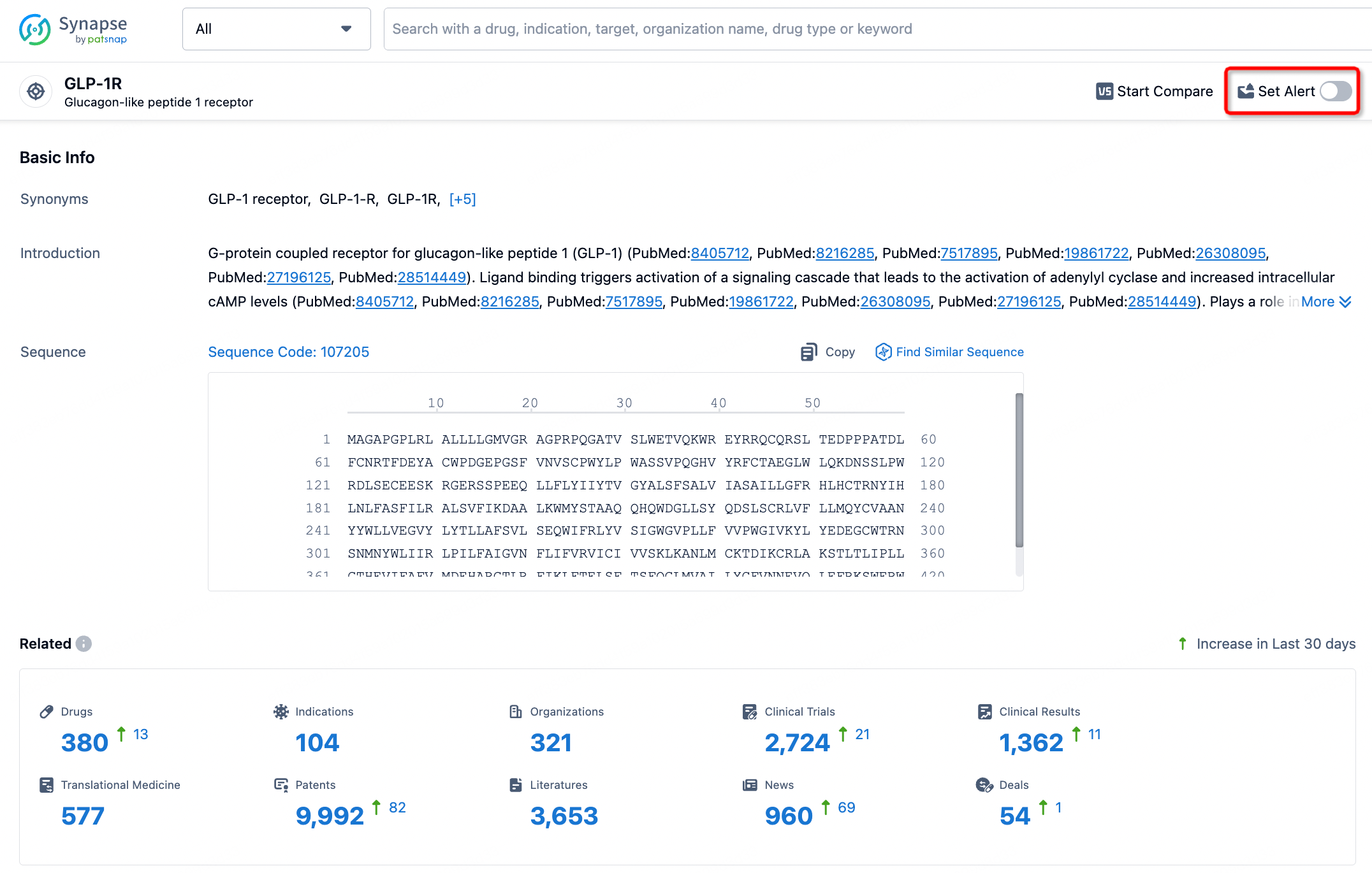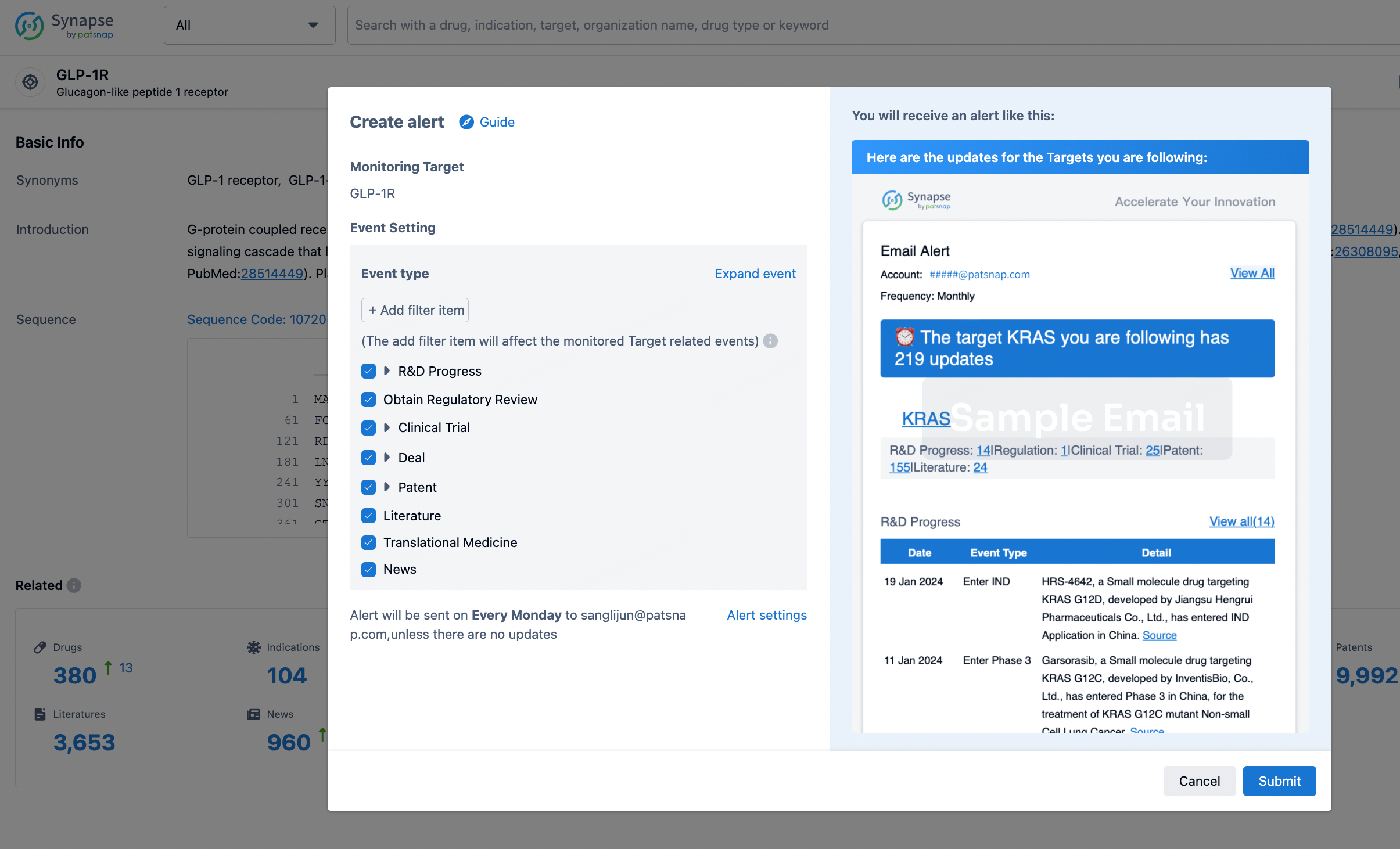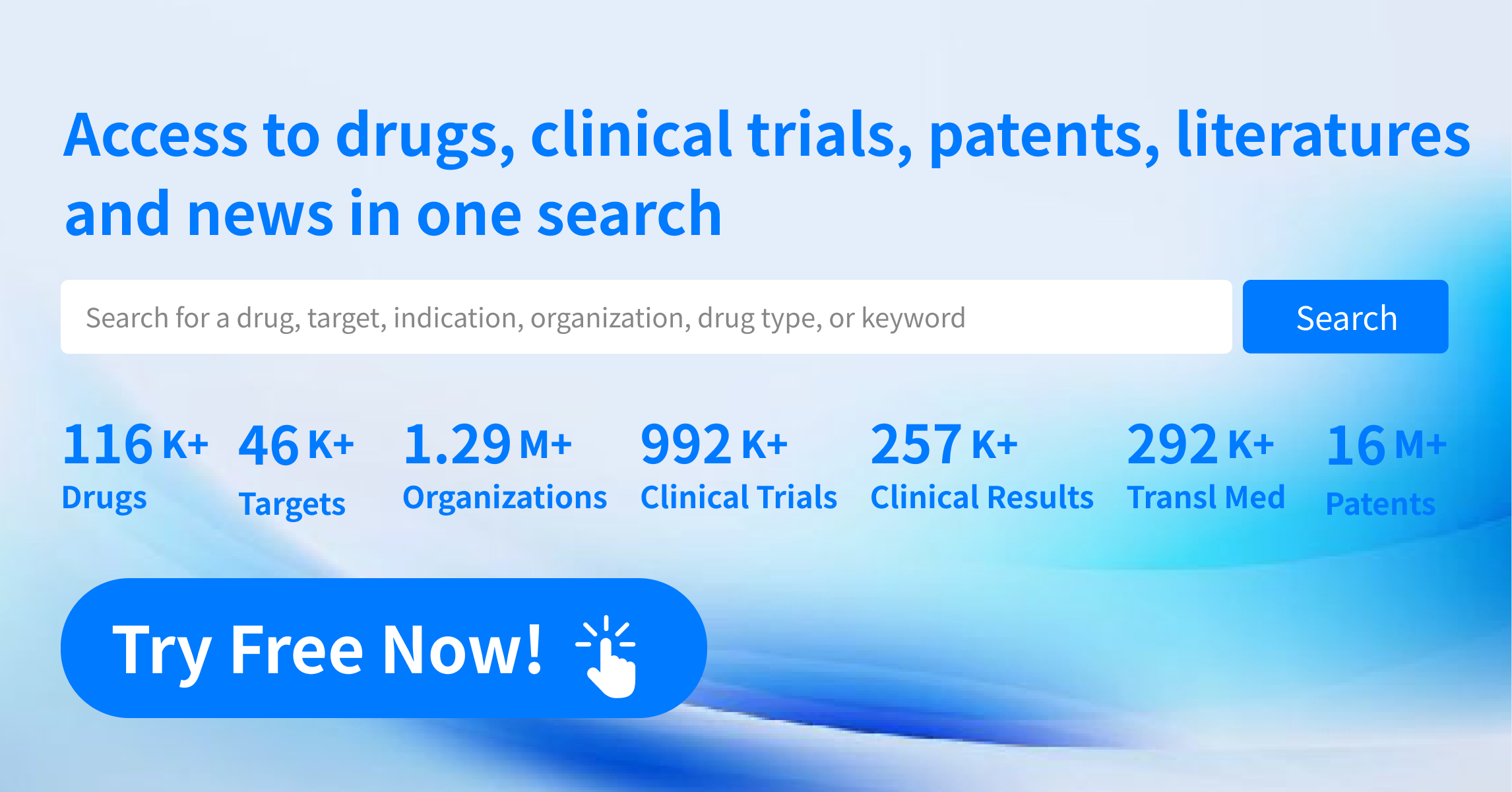Request Demo
What are GPR52 agonists and how do they work?
21 June 2024
GPR52 agonists represent a fascinating and promising area in the field of medical research, particularly for their potential in developing novel treatments for neuropsychiatric and neurodegenerative disorders. GPR52, or G protein-coupled receptor 52, is a receptor that is primarily expressed in the brain, including regions such as the striatum and cortex, which are critically involved in motor function, cognition, and emotion. The discovery and development of GPR52 agonists—compounds that activate this receptor—have opened new avenues for therapeutic intervention.
GPR52 belongs to the large family of G protein-coupled receptors, which play a crucial role in transmitting signals from outside the cell to the interior, thereby influencing various physiological processes. Unlike many other receptors in this family, GPR52 is an orphan receptor, meaning its endogenous (naturally occurring) ligand was not known for a long time. Recent advancements have identified synthetic molecules that can selectively activate GPR52, paving the way for a deeper understanding of its functions and therapeutic potential.
GPR52 agonists work primarily by binding to the GPR52 receptor and activating it, which sets off a cascade of intracellular signaling pathways. These pathways can modulate the release of neurotransmitters and other signaling molecules, ultimately influencing brain function. Specifically, GPR52 is linked to the cAMP (cyclic adenosine monophosphate) signaling pathway. When a GPR52 agonist binds to the receptor, it activates adenylate cyclase, an enzyme that converts ATP (adenosine triphosphate) to cAMP. The increase in cAMP levels can then activate other proteins and enzymes that regulate gene expression, neuronal excitability, and synaptic plasticity.
One of the key features of GPR52 agonists is their ability to modulate dopaminergic and glutamatergic neurotransmission. Dopamine and glutamate are critical neurotransmitters involved in numerous brain functions, including motivation, reward, learning, and memory. By tuning the activity of these neurotransmitters, GPR52 agonists have the potential to restore balance in neural circuits that are disrupted in various neuropsychiatric conditions.
The therapeutic potential of GPR52 agonists is vast, with ongoing research exploring their use in treating a range of conditions. One of the most promising areas is the treatment of schizophrenia. Schizophrenia is a complex and debilitating mental disorder characterized by symptoms such as hallucinations, delusions, cognitive impairment, and social withdrawal. Current treatments primarily target dopamine receptors and can have significant side effects. GPR52 agonists offer a novel mechanism of action that could provide more effective symptom relief with fewer side effects. Preclinical studies have shown that GPR52 agonists can alleviate both positive and negative symptoms of schizophrenia in animal models, making them a promising candidate for future drug development.
Another area of interest is Huntington’s disease, a genetic disorder that leads to the progressive degeneration of nerve cells in the brain. Symptoms include motor dysfunction, cognitive decline, and psychiatric disturbances. There is currently no cure for Huntington’s disease, and existing treatments only manage symptoms. Research has shown that GPR52 agonists can improve motor function and reduce neuronal degeneration in animal models of Huntington’s disease, suggesting they could be a valuable addition to therapeutic strategies.
In addition to schizophrenia and Huntington’s disease, GPR52 agonists are also being investigated for their potential in treating other neuropsychiatric and neurodegenerative disorders, such as depression, anxiety, and Parkinson’s disease. The ability of these compounds to modulate key neurotransmitter systems and influence brain plasticity makes them versatile tools in the quest for more effective treatments.
In conclusion, GPR52 agonists represent a burgeoning field of research with significant therapeutic potential. By understanding how these compounds work and exploring their applications in various disorders, scientists are paving the way for new treatments that could improve the lives of millions of people affected by neuropsychiatric and neurodegenerative conditions. As research progresses, GPR52 agonists may well become a cornerstone in the management and treatment of these challenging diseases.
GPR52 belongs to the large family of G protein-coupled receptors, which play a crucial role in transmitting signals from outside the cell to the interior, thereby influencing various physiological processes. Unlike many other receptors in this family, GPR52 is an orphan receptor, meaning its endogenous (naturally occurring) ligand was not known for a long time. Recent advancements have identified synthetic molecules that can selectively activate GPR52, paving the way for a deeper understanding of its functions and therapeutic potential.
GPR52 agonists work primarily by binding to the GPR52 receptor and activating it, which sets off a cascade of intracellular signaling pathways. These pathways can modulate the release of neurotransmitters and other signaling molecules, ultimately influencing brain function. Specifically, GPR52 is linked to the cAMP (cyclic adenosine monophosphate) signaling pathway. When a GPR52 agonist binds to the receptor, it activates adenylate cyclase, an enzyme that converts ATP (adenosine triphosphate) to cAMP. The increase in cAMP levels can then activate other proteins and enzymes that regulate gene expression, neuronal excitability, and synaptic plasticity.
One of the key features of GPR52 agonists is their ability to modulate dopaminergic and glutamatergic neurotransmission. Dopamine and glutamate are critical neurotransmitters involved in numerous brain functions, including motivation, reward, learning, and memory. By tuning the activity of these neurotransmitters, GPR52 agonists have the potential to restore balance in neural circuits that are disrupted in various neuropsychiatric conditions.
The therapeutic potential of GPR52 agonists is vast, with ongoing research exploring their use in treating a range of conditions. One of the most promising areas is the treatment of schizophrenia. Schizophrenia is a complex and debilitating mental disorder characterized by symptoms such as hallucinations, delusions, cognitive impairment, and social withdrawal. Current treatments primarily target dopamine receptors and can have significant side effects. GPR52 agonists offer a novel mechanism of action that could provide more effective symptom relief with fewer side effects. Preclinical studies have shown that GPR52 agonists can alleviate both positive and negative symptoms of schizophrenia in animal models, making them a promising candidate for future drug development.
Another area of interest is Huntington’s disease, a genetic disorder that leads to the progressive degeneration of nerve cells in the brain. Symptoms include motor dysfunction, cognitive decline, and psychiatric disturbances. There is currently no cure for Huntington’s disease, and existing treatments only manage symptoms. Research has shown that GPR52 agonists can improve motor function and reduce neuronal degeneration in animal models of Huntington’s disease, suggesting they could be a valuable addition to therapeutic strategies.
In addition to schizophrenia and Huntington’s disease, GPR52 agonists are also being investigated for their potential in treating other neuropsychiatric and neurodegenerative disorders, such as depression, anxiety, and Parkinson’s disease. The ability of these compounds to modulate key neurotransmitter systems and influence brain plasticity makes them versatile tools in the quest for more effective treatments.
In conclusion, GPR52 agonists represent a burgeoning field of research with significant therapeutic potential. By understanding how these compounds work and exploring their applications in various disorders, scientists are paving the way for new treatments that could improve the lives of millions of people affected by neuropsychiatric and neurodegenerative conditions. As research progresses, GPR52 agonists may well become a cornerstone in the management and treatment of these challenging diseases.
How to obtain the latest development progress of all targets?
In the Synapse database, you can stay updated on the latest research and development advances of all targets. This service is accessible anytime and anywhere, with updates available daily or weekly. Use the "Set Alert" function to stay informed. Click on the image below to embark on a brand new journey of drug discovery!
AI Agents Built for Biopharma Breakthroughs
Accelerate discovery. Empower decisions. Transform outcomes.
Get started for free today!
Accelerate Strategic R&D decision making with Synapse, PatSnap’s AI-powered Connected Innovation Intelligence Platform Built for Life Sciences Professionals.
Start your data trial now!
Synapse data is also accessible to external entities via APIs or data packages. Empower better decisions with the latest in pharmaceutical intelligence.


